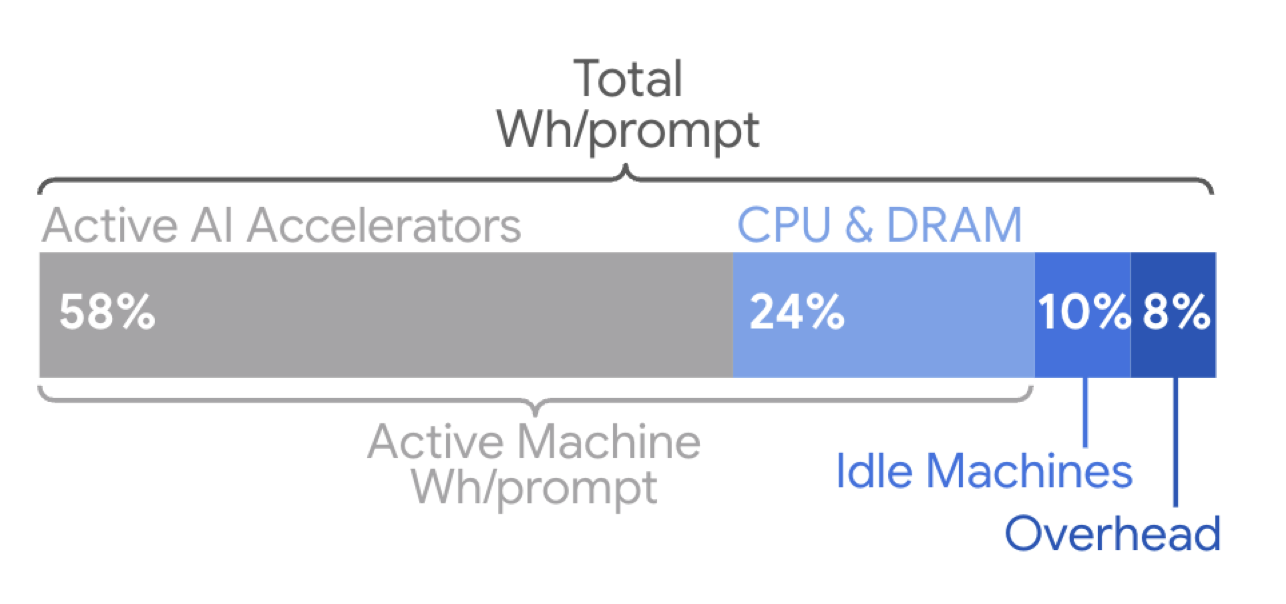Introduction to Teaching Language Models
Teaching Language Models Complex New Verbs is a crucial aspect of artificial intelligence. Fine-tuning large language models (LLMs) has become the default method for tailoring AI systems to specific tasks, yet it often comes with significant drawbacks: high computational costs, brittleness from overfitting, catastrophic forgetting, and substantial data preparation hurdles.
The Challenges of Traditional Fine-Tuning
These challenges limit the practical usability of traditional fine-tuning, especially for teams seeking efficient, adaptable solutions. To address this gap, an alternative method called “Verb Injection” has been explored, which empowers you to teach LLMs entirely new, complex verbs with minimal examples, resulting in powerful zero-shot performance without the typical fine-tuning headaches.
What is Verb Injection?
Verb Injection is a method to teach a model a new English word that is a complex verb — using only a few examples. This approach is particularly useful when working with large language models, as it allows for efficient and adaptable solutions. By the way, Azure provides over three dozen LLM models easily accessible through their Playground or GitHub Marketplace.
The Goal of Verb Injection
The original goal of Verb Injection is to answer the question, “How can I use fewer tokens for instructions on complex data manipulation?” This method has the potential to revolutionize the way we interact with language models, making it easier to teach them new and complex tasks.
Benefits of Verb Injection
The benefits of Verb Injection include reduced computational costs, improved adaptability, and minimal data preparation requirements. This approach also eliminates the need for extensive fine-tuning, making it a more efficient and practical solution for teams working with language models.
Conclusion
In conclusion, Verb Injection is a powerful method for teaching language models complex new verbs with minimal examples. This approach has the potential to revolutionize the way we interact with language models, making it easier to teach them new and complex tasks. By using Verb Injection, teams can overcome the challenges of traditional fine-tuning and achieve more efficient and adaptable solutions.
FAQs
What is fine-tuning in language models?
Fine-tuning in language models refers to the process of adjusting the model’s parameters to fit a specific task or dataset. This process can be time-consuming and require significant computational resources.
What are the drawbacks of traditional fine-tuning?
The drawbacks of traditional fine-tuning include high computational costs, brittleness from overfitting, catastrophic forgetting, and substantial data preparation hurdles.
What is Verb Injection?
Verb Injection is a method for teaching language models new and complex verbs using only a few examples. This approach eliminates the need for extensive fine-tuning and reduces computational costs.
What are the benefits of Verb Injection?
The benefits of Verb Injection include reduced computational costs, improved adaptability, and minimal data preparation requirements. This approach also eliminates the need for extensive fine-tuning, making it a more efficient and practical solution for teams working with language models.











